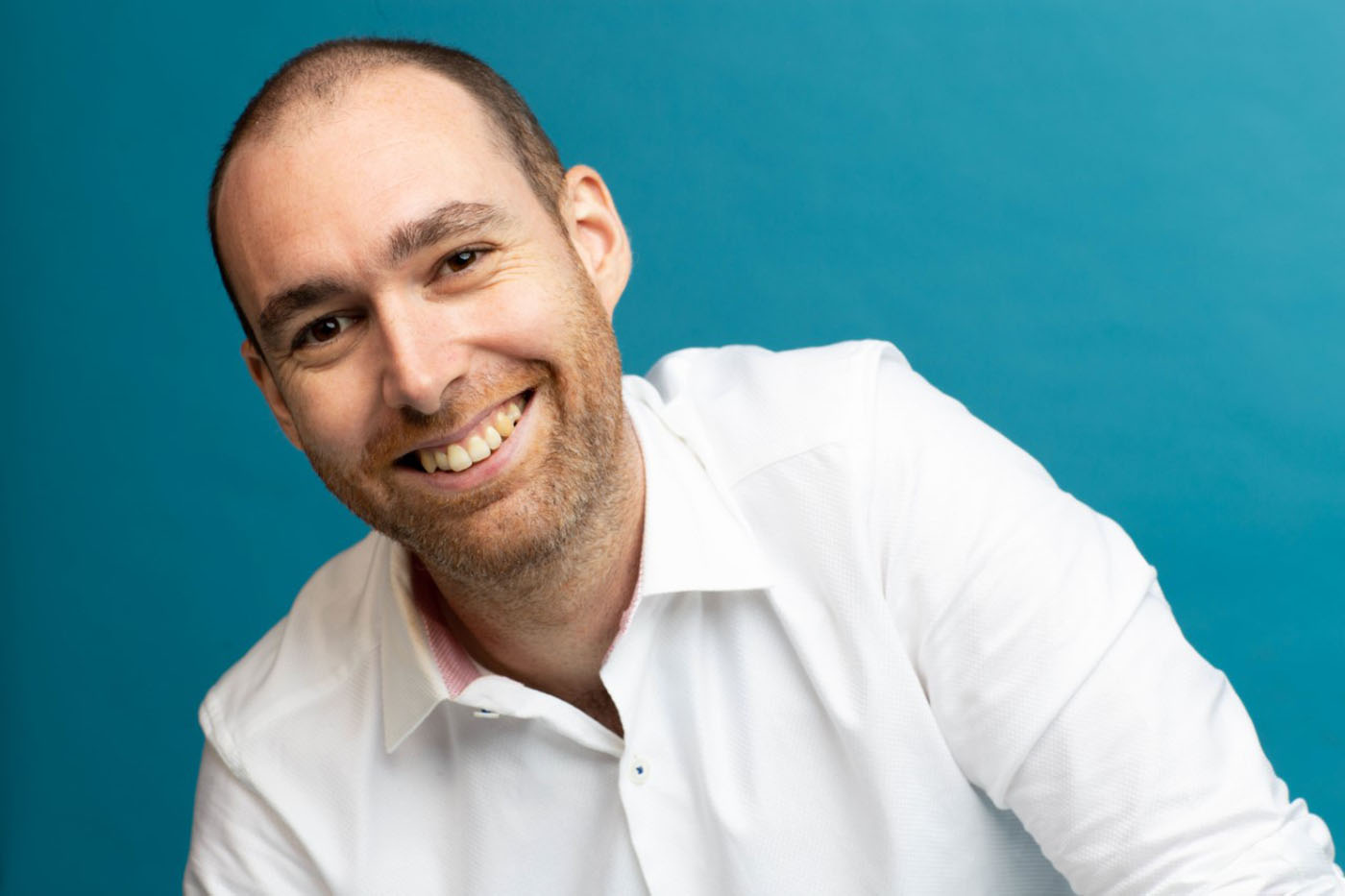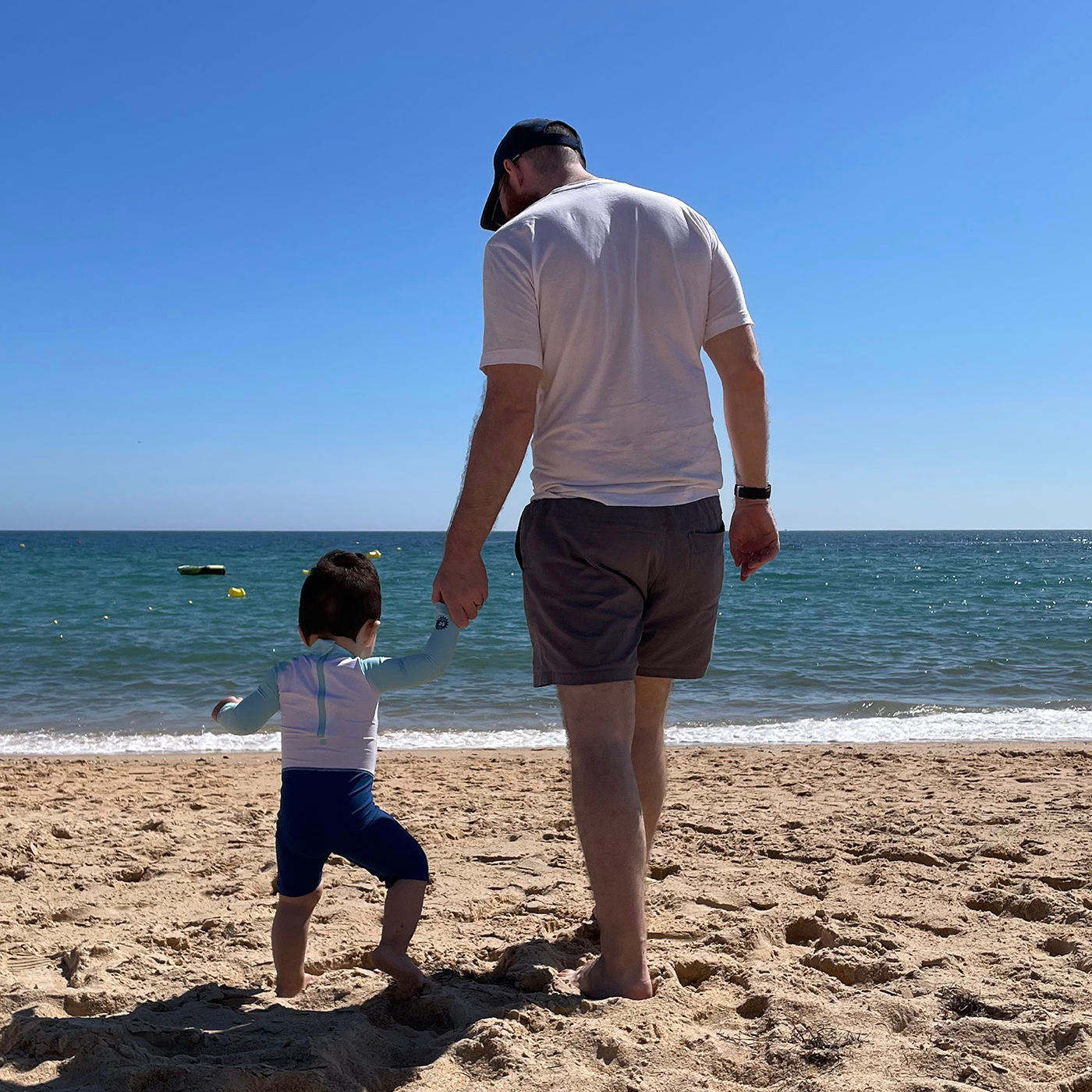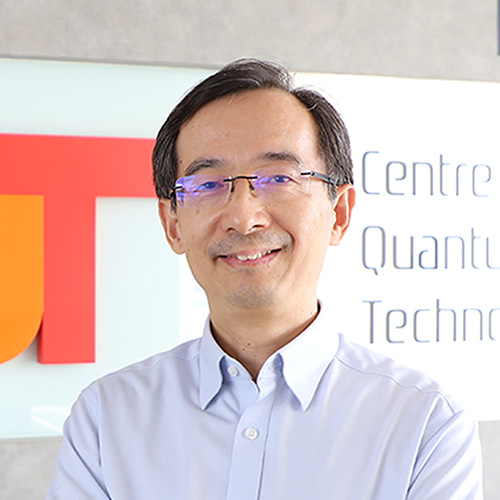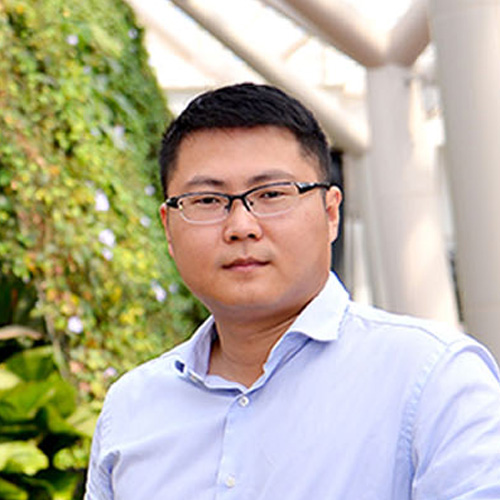Highlights
Meet a CQTian: Steven Touzard
 Steven is building a team to work on quantum networks, which lies at the interface of quantum computing, quantum communication and quantum sensing. The team’s project, supported by the NRF Fellowship, aims to remotely entangle quantum processors to one another.
Steven is building a team to work on quantum networks, which lies at the interface of quantum computing, quantum communication and quantum sensing. The team’s project, supported by the NRF Fellowship, aims to remotely entangle quantum processors to one another.
Steven Touzard is one of four new Principal Investigators announced at CQT in July 2022. Formerly a CQT Research Fellow, Steven shares an appointment as a Presidential Young Professor at the NUS Department of Physics and Department of Materials Science and Engineering. He also received a Fellowship from the National Research Foundation (NRF), class of 2022, for research on “Building quantum networks of superconducting circuits mediated by telecom photons”. He agreed to answer a few questions on his new role and plans.
What are you looking forward to in your new role as Principal Investigator?
I’m excited to see the project that I was awarded the NRF Fellowship for come together. The fellowship supports the work for five years. It is a relatively ambitious project but I think it is doable and will lead to great outcomes.
I’m also really excited to start teaching as a professor. In the Department of Materials Science and Engineering, I’m setting up a module on superconducting devices and the module will likely be cross-listed for physics and electrical and computer engineering students.
The title of your NRF project is “Building quantum networks of superconducting circuits mediated by telecom photons”. Can you elaborate more about it?
A lot of time when we think of quantum technologies, we divide them into quantum computation, quantum communication and quantum sensing. Quantum networks is at the interface of these three pillars. Essentially, the idea is to remotely entangle quantum processors, such as small quantum computers, to one another. But it is something that is extremely hard to do because you need to be able send quantum signals over long distances.
The proposal is to use telecommunication photons that can travel through the usual telecommunication network fibres without much attenuation such that they keep their quantum properties. We want to develop a device that sends these signals through the telecom network on one hand, and on the other hand, controls a small quantum computer which processes the quantum information carried by the signals. The device creates entanglement between the transmitted photons and the quantum computer. The transmitted photons then go to another small quantum computer and a network is created.
The platform we are using for our quantum computers is superconducting circuits, which is a good platform for quantum computation that I worked on during my PhD studies.
How has setting up the lab been like?
Renovation of our lab space at CQT was recently completed. The space is currently empty but is being set up to receive our equipment. We’ve ordered the dilution refrigerator, which will arrive in the beginning of next year, and soon we should have some small optical tables.
Is there an equipment you are particularly excited to see arrive?
One of the equipment that I’m excited to see is a telecom laser. A laser usually emits light at a certain frequency. Built into a telecom laser is an apparatus that will allow us to control the light that is emitted. Essentially, we will be able to do the modulation that is done in commercial telecom networks, changing the properties of the light wave. We will control our superconducting chip using this telecom laser.
How long does the group estimate it will take to get the first experiment up and running?
By the end of next year, we should be able to reproduce results from other groups. Then in the year after, we should have innovative results.
What is a typical day at work like for you?
A lot is writing emails and doing paperwork. I’m also getting to know everybody that is here to help with the administrative processes. The day is also starting to be filled with more and more scientific discussions with my students. My first Final Year Project students and research assistant have joined the group, and my first graduate students will also be arriving soon.
You are also a new dad. How has it been like to juggle work and family?
I’ve been benefiting a lot from a network of people who help us with childcare, including our helper and my mother-in-law. That it is common in Singapore to have help with childcare is something positive because otherwise a parent, usually the mother, would have to put their career on hold. My wife, who is also a professor, and I are really grateful for the help. My son just turned one and is in good health. Fatherhood has been extremely fulfilling and is everything that I could have wished for.
 Steven is also enjoying fatherhood and is pictured here with his son.
Steven is also enjoying fatherhood and is pictured here with his son.
Learn more
Related Stories
 | Meet a CQTian: Gong Jiangbin July 19 2022 |
 | Meet a CQTian: Gao Weibo July 20 2022 |
 | CQT appoints four new Principal Investigators July 19 2022 |






